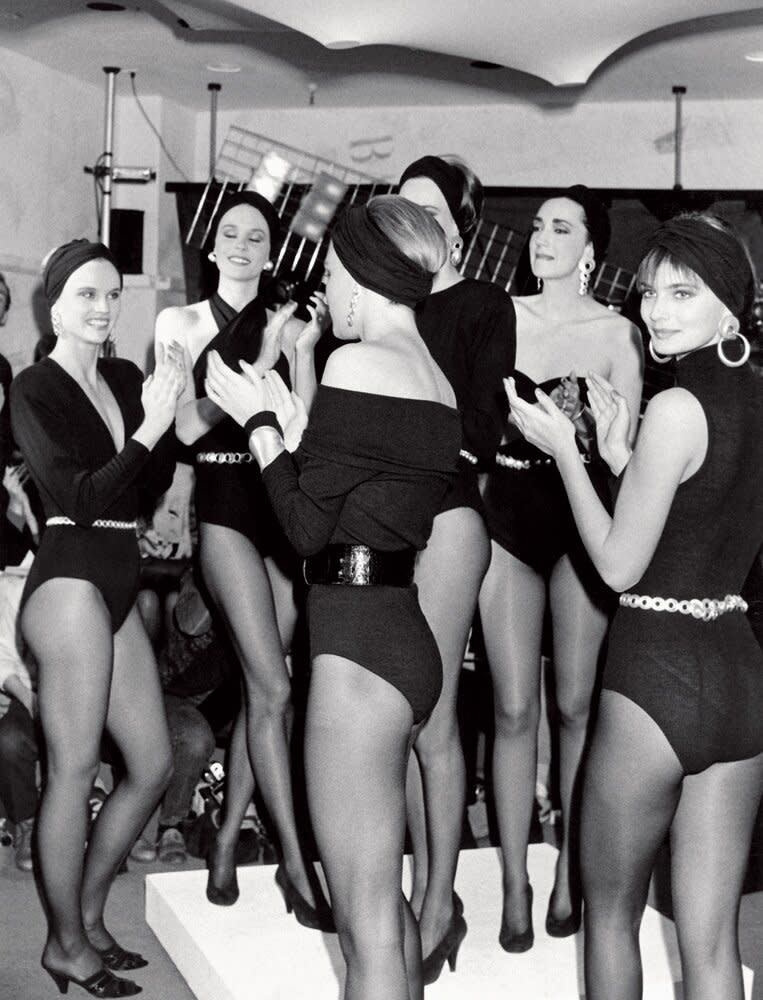Now You Know: The Evolution of Donna Karan's Seven Easy Pieces

Courtesy DKNY
In 1985, Donna Karan, for her first collection on her own after 11 years designing for Anne Klein, introduced America to her concept of Seven Easy Pieces. “So many women find assembling the right clothes bewildering today,” Karan told a reporter at the time. “They’ve discovered fast ways to put food on the table, but they do not know how to get their wardrobes together easily.”
Karan’s collection was based on the idea that with the right basics, a woman could accomplish anything. It certainly struck a note with her audience at a moment when women were transcending career stereotypes and aiming to shatter the glass ceilings of corporations and politics. And her approach still makes sense today, as Karan continued to update and refine her designs with an acute sensitivity for women and their relationships with their bodies.
On the occasion of Karan’s announcement that she is stepping down from her label this week, I was curious to look back at the evolution of the Seven Easy Pieces, which have not always been the same seven pieces. The one constant has been the bodysuit, the basis of Karan’s first collection (pictured, top). Her show began with models dressed only in black bodysuits and tights; they then began to dress and create outfits using the remaining items: a versatile skirt, a pair of loose trousers, a tailored jacket, a cashmere sweater, a white shirt. Karan, when asked about the origins of the collection, has given different answers over the years, sometimes mentioning a white shirt, a little black dress, an evening dress, and a black leather jacket. A large scarf is critical, too, particularly because it can be worn in so many ways – as a wrap skirt or as a shawl, for example.
Anyway, the concept grew and grew until Karan herself joked that her wardrobe should be called “seven easy trunks,” but the point, which still holds true, is that a woman does not need fashion to be more complicated than her life. With the seven pieces that are right for her, she can go anywhere.